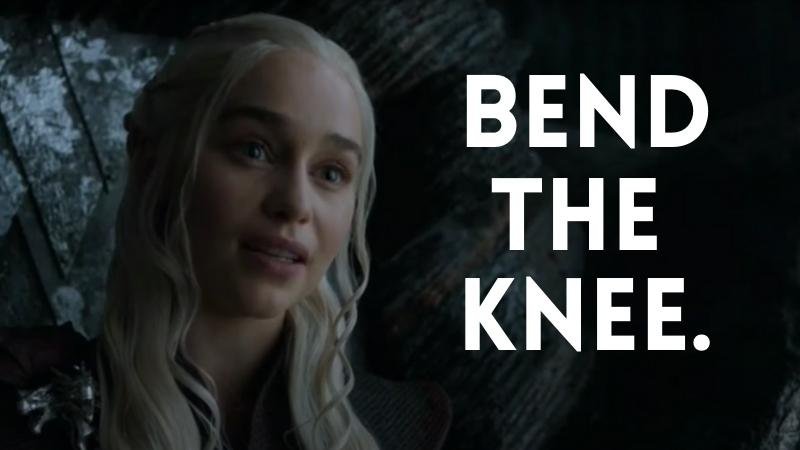Knee Position in the Split Jerk
/A common problem with new lifters and the split jerk - and it can be a problem with experience lifters, too - is that of knee position. The back knee often requires a bit more attention than the front knee, but we'll cover the front knee position briefly before moving on to the back knee.
Figure 1
For a demonstration of these problems and their solutions, check out the short video included near the end of this article.
Problem #1: Front Shin Angled Forward
When you lock the barbell out overhead in the split jerk, you want the front shin to be roughly vertical as Becky demonstrates in Figure 1, so if you find that your shin tends to be angled forward when you land as Becky demonstrates in Figure 2, you probably need to reach further with your front foot.
Figure 2: front shin angled forward
How to Fix This Problem
To help with this, try cueing yourself to reach further - specifically, reach forward with your front heel. Thus, the cue is “front heel forward” or “reach with your heel.”
If necessary, you can picture yourself landing with your front shin actually angled backward. In other words, envision your landing position with your front heel ahead of your front knee. While this mental picture is an exaggerated one and not the actual position we want (and thus represents an overcue), it can occasionally be useful in achieving the correct position.
Problem #2: Back Knee Completely Straight
As for the back leg, we want the knee to be bent or unlocked with the back heel off the ground as you see Becky demonstrate in Figure 1.
Figure 3: don’t do this.
While the knee bend is not going to be 90 degrees - so don't do what Becky’s doing in Figure 3 - we certainly don't want the back knee to be completely straight either, and that's a common problem that needs to be addressed.
A straight back leg tends to jam the lifter forward onto the front foot. Note the difference between the correct position in Figure 4a versus the straight leg position in Figure 4b.
If you find that you're landing forward with an excessive amount of weight on your front foot, it's very possible that you need to bend your back knee.
Another problem with a straight back leg is that the depth or amount of drop you can achieve in the split should come from the hip joint and the knee joints of both legs. You can clearly see this with the front leg - the hip is flexed (i.e., bent), and the knee is bent, and those two factors together allow the lifter to drop down into position.
Figure 4a (left) vs Figure 4b (right)
The hip and knee of the back leg should also contribute to the drop, but if the back knee is completely straight, it can't contribute to the dropping motion. This will typically mean that the only way to drop lower is to bend the front knee even more, which then pushes the front knee forward into a weaker position.
On a lesser note, allowing the back knee to bend means the hip of the back leg doesn't have to occupy as severe an angle as it otherwise would. Again, note the difference between the two positions shown in Figure 4a and 4b - if you try this yourself, you'll note the difference in sensation at the hip as well as in the low back. The bent knee position will feel stronger and more stable.
How to Fix This Problem
To help fix a straight back leg, try one of the following cues immediately before performing the jerk:
The most straightforward approach is simply “bend the back knee” or “bend the knee.”
If the above cue doesn’t work, try “drop the back knee” or simply “back knee down.”
Finally, you can also cue yourself to land with more weight on your back leg or foot.
As always, we hope this helps you get stronger and live better.
(Some links may be affiliate links. As an Amazon Associate, Testify earns from qualifying purchases.)




